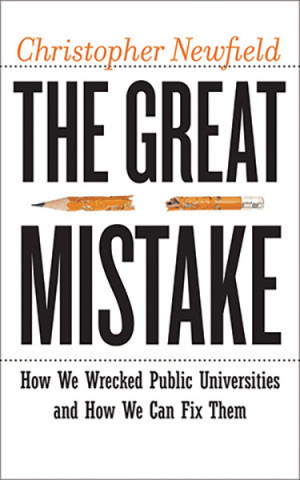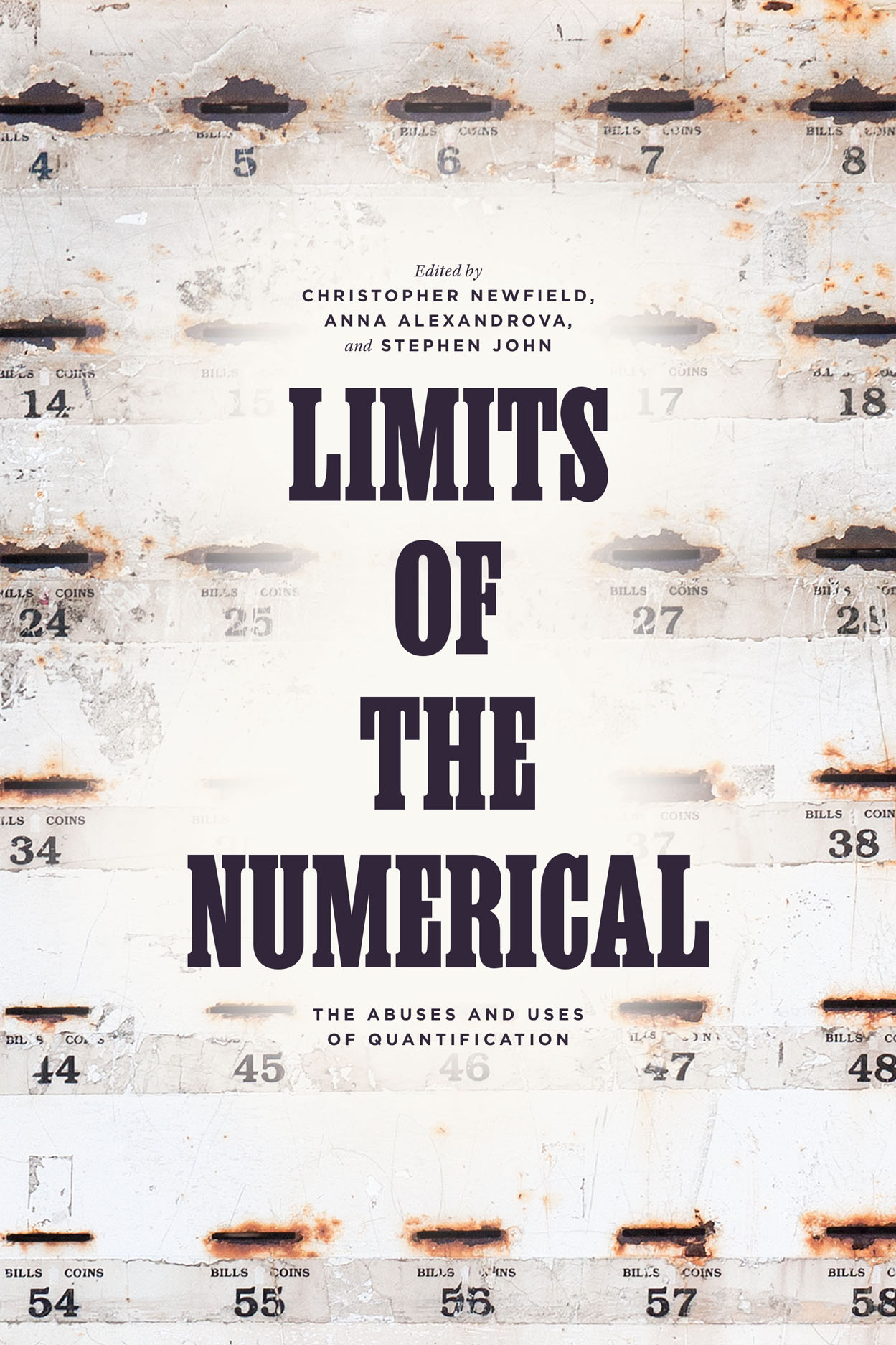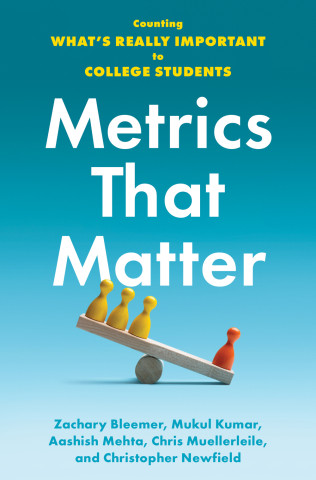It was only 2 weeks ago that I called for spending endowments to defend universities from Trump’s attacks. Since then, I’ve been flooded with messages from readers about how to move from my essay's broader points to the harder work of crafting organizational strategy. And university leaders are beginning to ask these same strategic questions.
After a publishing a courageous essay in The Atlantic, Princeton President Christopher Eisgruber has vowed again to fight Trump. Harvard’s former President Larry Summers called for universities to hold their ground and for endowments “to be drawn down” if necessary. Former President Obama gave a fiery speech, declaring, “If…you’re just being intimidated, well, you should be able to say, that’s why we got this big endowment.” And both Harvard and Princeton have taken steps to do so by borrowing hundreds of millions of dollars through bonds effectively backed by their endowments.
While I’m happy to see Summers and Obama back up my endowment proposal, my friend Beth Popp Berman is 100% correct when she says endowments can’t fund everything that is threatened forever – especially at less wealthy schools. What they can do is buy time. Time for Trump’s economic chaos to undermine is support base. Time to litigate against cuts and unlawful detentions on campus. And most importantly, time for universities to adopt a political strategy to defend themselves and their allies from Trump’s political assault on civil society.
This approach is not in universities’ wheelhouse. As former Columbia President Lee Bollinger just told the Chronicle of Higher Ed about university presidents, “They haven’t played hardball politics.”
Having played and studied hardball politics, my view is that any successful political strategy will 1) need to change the public narrative so that more Americans see the attack on universities as an attack on themselves. This will help to 2) mobilize a coalition of allies through universities’ far-reaching social ties, and 3) put social pressure on other powerful actors who otherwise are content to sit on the sidelines.
Having played and studied hardball politics, my view is that any successful political strategy will 1) need to change the public narrative so that more Americans see the attack on universities as an attack on themselves. This will help to 2) mobilize a coalition of allies through universities’ far-reaching social ties, and 3) put social pressure on other powerful actors who otherwise are content to sit on the sidelines.
I’m planning another post next week for how universities with medical centers might change the public narrative by working with their doctors, cancer patients and others whose lives are literally threatened by Trump’s cuts. And I’ve been invited to talk later this month with leaders of the nation’s largest healthcare workers union. If you have your own narrative ideas, send me an email!
For this post, I’m going to focus on how it is important for any narrative to be crafted with an eye to 1) many powerful potential allies that universities connect, and 2) making Trump’s attacks on universities a career ending mistake for swing-district Republicans in the 2026 midterm elections. I will also 3) provide detail how endowments can sustain universities as they and their allies do this work.
Coalition Building and Universities as Parallel Social Organizations
It’s easy to forget today that universities are powerful social organizations. They operate parallel to politics and the economy, connecting people—and especially elites—connect across geography and different domains of industry, medicine, recreation, and government. The top of these connective organizations are university boards of trustees. In the Ivy league, these boards have always been dominated by the wealthy. But over the last forty years, Ivy League boards have particularly become populated by private equity and hedge fund managers, and to a lesser extent, Silicon Valley billionaires.
You can see that in this graph from my “Elite Embeddedness” article with Albina Gibadulina:
The quick capitulations of Columbia and others likely occurred in part because university presidents devote much of their work to fundraising with this class of board members. During crises like today’s, the interests and relationships of such groups can become more legible in a complex system like higher education. This class of elites have sought has sought to accommodate Trump in other domains, and many have after expressed uneasiness or outright opposition around diversity initiatives and academic freedom questions around the Gaza war.
But even Ivy League trustees are not a unitary block beholden to Trump. And the present destabilization of social systems can also open space for transformation and realignment of interests. Surely many trustees are appalled by the attacks on universities to which they have devoted their time, donations, and fundraising ties. Broader fissures are opening as we speak around Trump’s destructive economic policies. Nor are trustees the only people who connect universities to other potential elite and non-elite allies. Alumni networks maintain a rich array of ties for universities.
The task then is to craft a narrative and a coalition that mobilizes both sympathetic trustees and others with valuable resources. At my own University of California, financially the largest public university in the nation, the executive committee of our faculty senate just unanimously passed an appeal to UC’s President and Regents along these lines.
Such a coalition can help raise financial resources to buttress endowments in backstopping Trump funding cuts. A coalition could also bring together civic organizations, elected officials, and others with different resources and competencies than universities to make the public argument that attacks on universities are an attack on all of us.
An effective public campaign would bolster universities’ ability to convince just the two or three Republican congressional defectors needed block further cuts in legislation planned for later this year. Persuading these kinds of defections becomes possible if Republicans start to see cuts to universities as a potentially career ending mistake in the 2026 elections. A public campaign could also aid appeals to progressive state governors for funding to backstop public university cuts.
Holding Out to a Midterm Powershift
Trump’s attacks on universities are ultimately about power. Like other autocrats, Trump and his allies see free speech, critical debate, and the foundation of universities as a threat to their power. So they are likely to prosecute their attacks until Trump loses power or universities abandon their mission.
But the persistence of Trump’s leverage over universities is not a given. As long as free and fair elections survive in the US, elections are key inflection points in the allocation of power. This suggests a financial imperative for universities: they need sufficient resources to keep the lights on until the 2026 mid-terms and ideally until 2028.
But the persistence of Trump’s leverage over universities is not a given. As long as free and fair elections survive in the US, elections are key inflection points in the allocation of power. This suggests a financial imperative for universities: they need sufficient resources to keep the lights on until the 2026 mid-terms and ideally until 2028.
It’s worth remembering that Republicans only have a two-seat majority in the House and a three-seat majority in the Senate. Democratic control of the House in 2026 seems very likely. And with markets upended by Trump’s tariff chaos, Democratic control of the Senate even seems within reach. To get to 50, they would have to run the table in Maine, North Carolina, Ohio, states where Democrats have won at least some elections statewide in recent years. A 51st Democrat would need to win in Alaska, Florida, Texas or somewhere else that only crisis and a blue wave could make possible. But the chaos of Trump 2 expands the confidence interval for these kinds of scenarios.
How could a coalition help universities muster the resources to endure Republican cuts through the midterms?
Here I’ll speak to an astute question I received from one reader:
I'm curious what the basis for your confidence is that it would be so easy to "replenish endowments" from "sympathetic alumni." That's not my sense. My sense is that many donors are annoyed at universities for various reasons and they aren't keen to have their money expropriated by Washington.
To be fair, I probably overstated the ease of this task in my NYT essay. It does appear to me, however, that many middle- and upper-class alumni are hungry for ways they can support their own corners of civil society that are threatened by Trump. About 500 of them submitted comments on my NYT piece to that effect. These are not the kind of high-dollar or small-dollar fundraising appeals that universities are accustomed to making. But they are the kinds of appeals that were perfected in recent years by universities allies like Obama campaign legacy organizations.
President Obama said in his speech last week that to defend core university values, “that’s why we got this big endowment.” This is an opening. Has Columbia picked up the phone to ask for help from the former president, its most famous alumnus? Imagine how much money Columbia could raise if Obama cohosted a high-dollar event with a prominent Columbia Republican alum to fund biomedical research cut by Trump? Imagine how much Columbia could raise in small-dollar donations from digital fundraising appeals by such a duo?
This kind of jujitsu could make a fundraising opportunity out of a Trump attack on a university.
Using Endowments to Maximum Effect
Others have noted that 19th century justifications for endowments were that they insulated universities from precisely the kinds of government attacks underway today. But my reader quoted above also noted that donors might fear their donations to universities will just be expropriated through a Trump tax increase on endowments. This is indeed a threat. But another correspondent tells me that their Ivy League institution is exploring other donor vehicles that could circumvent endowment taxes. This is good news and entirely predictable. Eight years ago, I published another NYT article about how elite endowments use offshore tax blocker corporations to avoid taxes on some of their hedge fund investment financing.
Remember, university boards and their finance committees are populated by some of the wealthiest financial engineers in the world. They can figure this out if they want to.
Something governors may be able to do is to buttress the legal authority of universities to tap their endowments. I have only become more certain that wealthy schools can tap their endowments for this purpose, even without action by governors.
The most convincing evidence that universities can tap their endowments is that Larry Summers says he did it as Harvard’s President. Here are his exact words in his NYT essay:
Columbia University’s recent capitulation, in which it agreed to a raft of changes in an attempt to avoid losing hundreds of millions in funding, must not be emulated. Each act of capitulation makes the next one more likely.[Universities] should make clear that their formidable financial endowments are not there to simply be envied or admired. Part of their function is to be drawn down in the face of emergencies, and covering federal funding lapses surely counts as one. As a former president of Harvard University, believe me when I say that ways can be found in an emergency to deploy even parts of the endowment that have been earmarked for specific use by their donors.
I have no special knowledge of the techniques Summers has in mind. But tapping the endowment does not necessarily require straightforward additional expenditure of endowment assets. During the 2008 financial crisis, for example, Harvard liquidated two-thirds of a $2.9 billion stock portfolio and borrowed roughly $2.5 billion through bond issuances. These bonds were effectively backed by Harvard’s endowment. This was a smart move as the bond interest rates ranged from just 3.2% to 6.5% compared to the Harvard endowment’s 10% average rate of return over the previous 30 years. In recent weeks, Princeton and Harvard have borrowed several hundred million dollars each through such bond offerings, with Harvard saying the borrowing was explicitly for Trump funding cut contingencies.
The University of California took similar measures early in the COVID19 pandemic. UC’s Office of the President liquidated its entire $1.8 billion Blue and Gold endowment fund in 2020. This amounted to an extraordinary expenditure that effectively more than doubled spending from the endowment over a short period of “funding lapses” in Summers’ words. The Blue and Gold fund was subsequently recapitalized and has grown to $6.9 billion in value. UC’s overall systemwide endowment is valued at $29.5 billion.
These financial measures were undertaken under the Uniform Prudent Management of Institutional Funds Act (UPMIFA), a version of which has been adopted by all US states to govern non-profit endowment management. I have corresponded with a few tax experts and university fundraising executives since my NYT essay. They point to constraints under these acts, but nothing that prohibits universities from spending more than the common 5% of endowment value annually. Prior to UPMIFA, some state regulations of non-profit endowments included a “rebuttable presumption of imprudence” for expenditures above 7% of the endowment. The key word was rebuttable. If states have maintained the 7% threshold since adopting UPMIFA, universities could make a case for the prudence of spending more. Endowments’ higher average annual rates of return than 7% could form part of such a case.
UPMIFAs can also be modified by friendly state governments. For example, Massachusetts removed its 7% presumption of imprudence by adopting its version of UPMIFA during the 2009 financial crisis. So Harvard and MIT face no such constraint.
UPMIFA also specifies how universities can obtain consent from donors for the modification of endowment restrictions established by the donor. One would hope that many donors would consent to release restrictions needed to defend the university from existential threats. If not, the wealthiest universities typically have billions of dollars in unrestricted endowment funds, like the University of California’s $6.9 billion Gold and Blue fund mentioned above, that they can use more easily. Harvard has more than $10 billion in unrestricted endowment assets. Columbia has almost $5 billion.
Any modification of endowment restrictions should be done with the utmost care. Another former executive at elite public and private universities reminded me that some large endowments are dedicated to funding financial aid for low-income students. I hope it’s obvious that no university should plunder financial aid to preserve even life-saving biomedical research.
Looking beyond the immediate crisis, a former Ivy League head of fundraising also suggest, “these schools should have paid more attention to raising flexible dollars, but chose not to.” This, and much more should change. As the same executive wrote to me, “Ginning up applications so one can reject more is a recipe for resentment.”
The Courts Won’t Save Us
The prospects of university’s litigation are outside my areas of expertise. But others have written that the Supreme Court majority seems intent on avoiding confrontationwith Trump that could result in him defying its orders. This does not bode well for university litigation. It is likewise ominous that none of the largest US law firms have filed amicus briefs to defend Perkins Coi against Trump’s attacks.
I also agree with one reader who wrote to me that “Instituting cy pres litigation would take years.” Cy pres here refers to litigation that distributes damages in class action lawsuits to charitable organizations and benefits that are close to the purpose of the original litigation.
Nevertheless, we should remember that a majority of today’s Supreme Court justices did reject Trump’s litigation to overturn the 2020 election. That was a different political moment than our present crisis. But that is the point.
Universities should not surrender in this most dire moment of uncertainty. At the very least, they should use every resource they have hold the line as long as they can in hopes that Trump undermines himself with his own chaos.
Better still universities should partner with allies to convince Americans that Trump is threatening their own lives and health by attacking universities (more on that next week). This could shape the outcomes of the 2026 midterms in ways that might give our politicized Supreme Court pause just as they are considering legal challenges to Trump’s assault on the university.
********
If this wasn’t enough of my thoughts for you, Mother Jones just published a related extended interview with me here.
********
If this wasn’t enough of my thoughts for you, Mother Jones just published a related extended interview with me here.
If you’re in the UC Berkeley area, I’ll be giving a talk there on Wednesday, April 30 at 2 pm. Just reply here for details.






0 comments:
Join the Conversation
Note: Firefox is occasionally incompatible with our comments section. We apologize for the inconvenience.